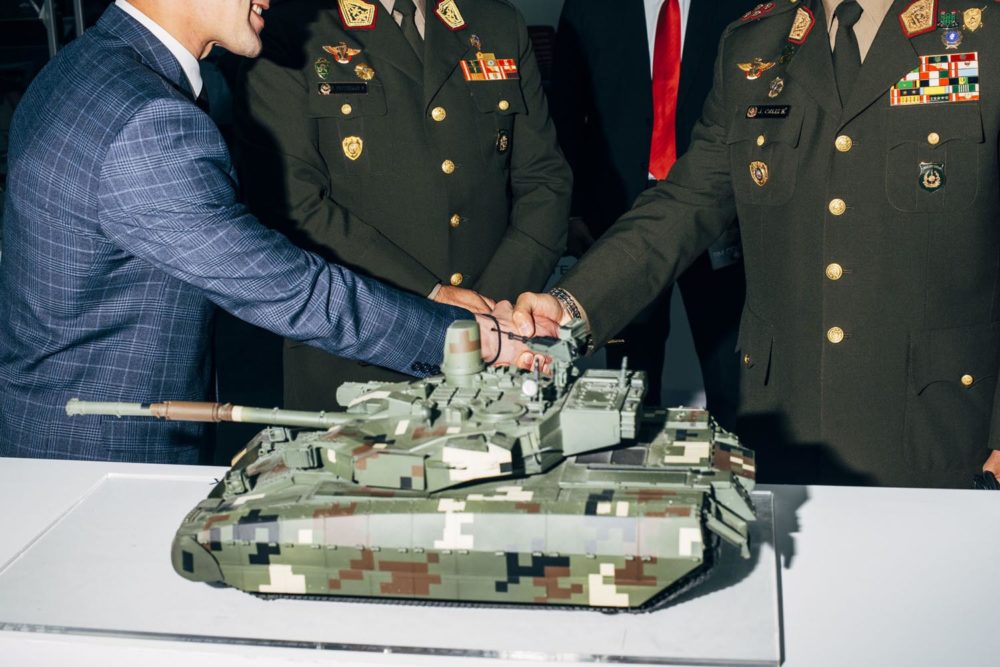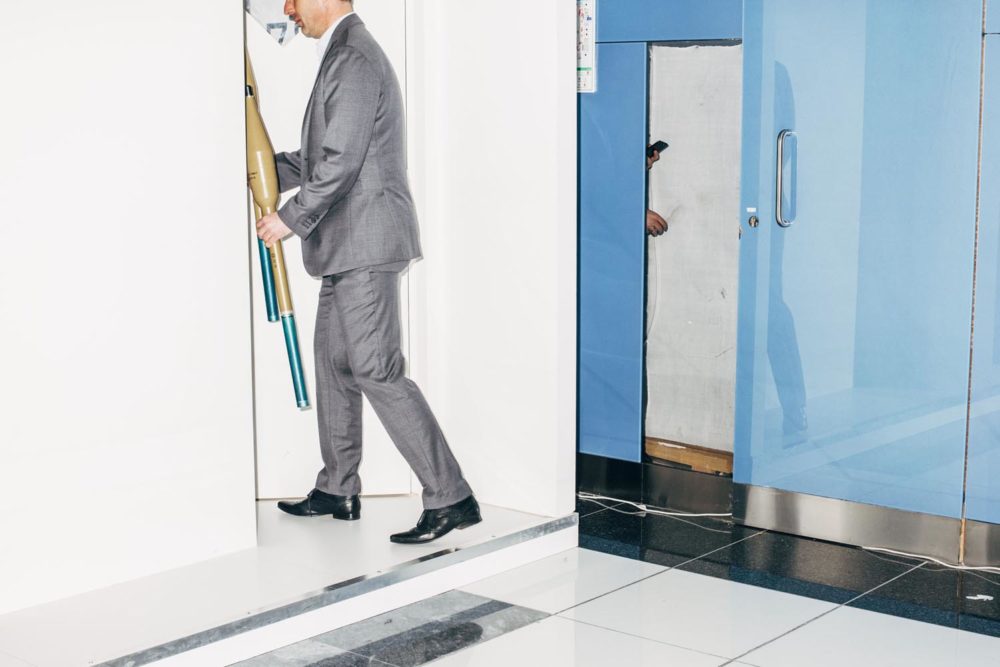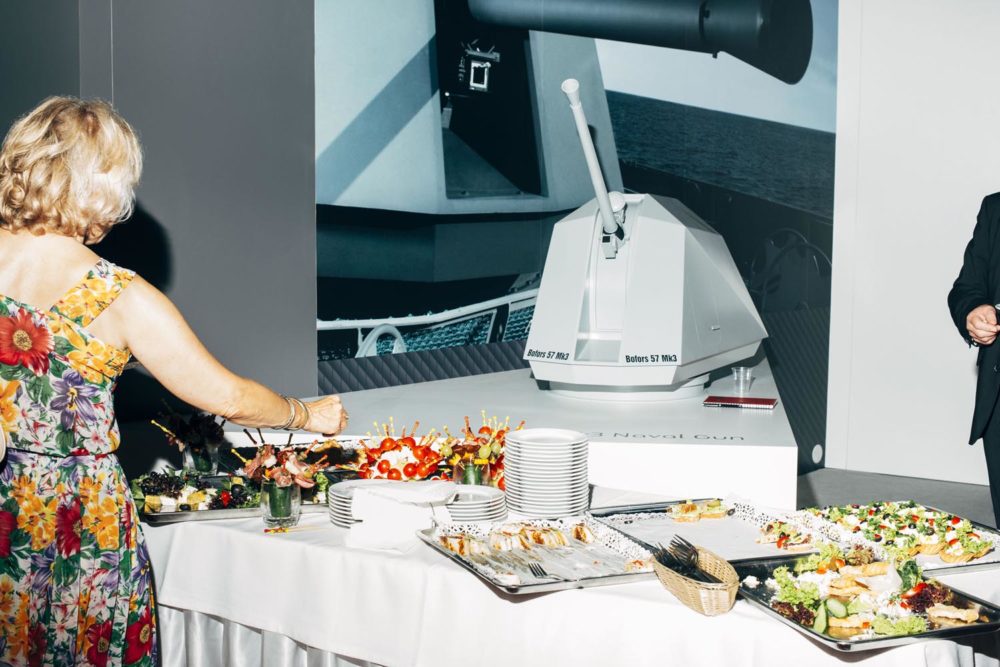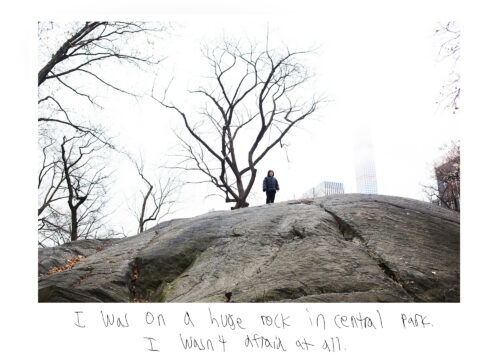Picture Series
Nikita Teryoshin Nothing Personal - the back office of war
Every day, the news shows images from war zones; at the same time, arms exports reach new record highs year after year. With this photo-reportage, Nikita Teryoshin takes a look behind the scenes of the global armaments business. Between 2016 and 2019, he visited selected weapons fairs in Europe, Africa and Asia as well as North and South America; he found huge war playgrounds for adults along with wine, beer and finger food. At these fairs, stage-ready acts of war are performed for high-ranking guests, ministers, heads of state, generals and dealers. Visitors can try handling machine guns and rocket-propelled infantry weapons on screens. The enthusiasm for these gleaming weapons, which may one day appear on battlefields, in civil wars or in the hands of dictators, is great.
- Artificiality
- Play
- Violence
- War
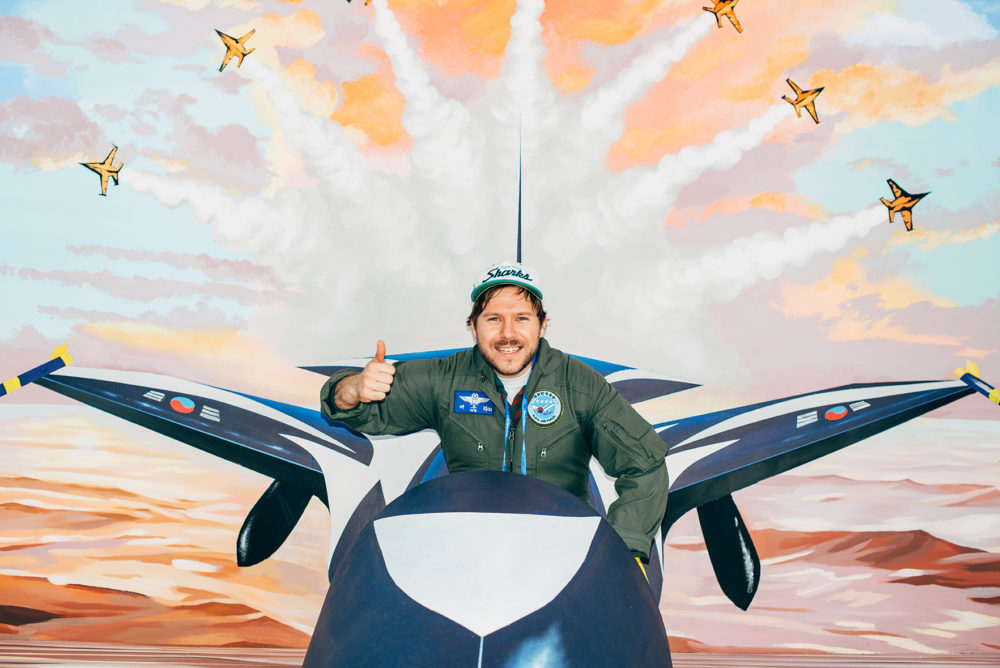
*1986 in Leningrad, Russia
Nikita Teryoshin studied photography at Dortmund University of Applied Sciences and Arts. He describes his long-term documentaries as “street, documentary and everyday horror”. In these projects, he observes the global arms trade or the industrial exploitation of dairy cows. As a freelancer, he works for Süddeutsche Zeitung and ZEIT Magazin, DER SPIEGEL, Stern and other publications. In 2019, he not only took first prize at the Miami Street Photography Festival, he was awarded the PH Museum Grant as well. 2020 he was nominated for the World Press Photo of the Year and won the first prize in the category „Contemporary Issues“.
